A drop of time in my 63 mile journey.
A headlamp strapped to my head, and a Luci light bobbing around on my chest. The cold forest felt as if it was closing in around me, a weighty hand grasping my throat. It was 12 AM Saturday morning, shortly after a storm had battered the trails with heavy rain—a thick rain where you couldn’t see more than a few hundred feet ahead. While the storm was over and the air stayed was warm, the heaviness of water on each leaf-laden branch caused them to bend down—impeding upon every step. My lamp light, and that of my pacer behind me, barely illuminated more than 15 feet in front of our eyes.
I knew setting out into the dark was going to be trouble, it meant leaving the safety and population of Base Camp. Traveling by foot in the dense forest, we were not likely to see anyone else during the trip.
The journey from Base Camp to Checkpoint 1 included crossing Dutton Brook twice. The brook that was calmly flowing during the day had become torrents after the rain. Its water crashed into large boulders, seeming like the brook’s goal was to push me over. But in reality the water, the brook, the torrent, was just making it’s way through the forest floor—like a bear or a human.
We had to cross paths. Stepping on rocks in order to avoid the water would have seemed to be the best course, but one wrong step meant meeting the water horizontally with my face, rather than upright on my feet. No—the way through was definitely vertically, and attempt to remain perpendicular to the river. The first crossing rushed at great speed, while the second added depth. I found myself knee deep in water, but kept calm and made it ashore on the other side. Both crossings seemed insurmountable at the time, and as I write this I still don’t know how I made it across safely. The crossing pushed me physically, and mentally.
Fernando, my pacer, pushed me along the whole time, telling me to say my mantra over and over, reassuring me that we can do this.
“It’ll be ok, Su, it’ll be ok. You can do it, you can do it.” Over and over I said out loud.
The night didn’t give me a physical fear, I wasn’t fearful of animals, or of being attacked. There was an abstract mental fear present—like a slow moving panic attack. Slow enough that I could just barely stay ahead of it. Throughout the day my wife had repeatedly stated that I was doing a great job, and I knew she believed that I could do this task—this race. I also remembered what my yoga teacher taught me, “keep breathing so your body know that this movement is normal.” To breathe shallow is to tell your body to panic, and panic leads to injury. So I kept breathing, and talking, until the forest opened its hands and deposited me at Checkpoint 1—the parking lot at the base of Mount Moosalamoo.
I took in a huge breath, and was able to breathe free again. In the darkness I spotted a pop-up tent. I was told later that a fellow racer had left one of these tents at each Checkpoint in case anyone needed it—tonight I needed it. It was a place to rest, and be apart from the forest, while still being very much inside it.
I knew at this point that I couldn’t go on, not like this. The thought of pushing forward into the dark, and away from the open space meant certain death. Not a corporeal death, but a mental one. This night run had peeled open my mental state—I am unable to describe it except with a Bengali term that has no English translation. I needed safety, more than just the pop-up tent. I needed to see the familiar.
My pacer ran down the forest road with a walkie in hand, and radioed our Base Camp for help. As his light faded behind the screen of trees, I sat on the bare ground inside this tent. Nearby, inside a nylon cover, lay a book: Wanderlust: A history of walking, by Rebecca Solnit. While not a book lover, the quiet act of reading seemed to be the best medicine for my mind during this time of mental anguish. With my Luci light illuminating the pages, it was both serene and surreal.
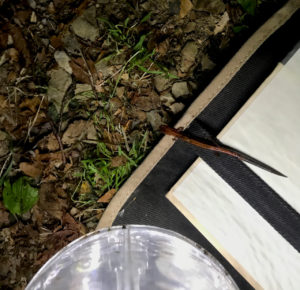
A salamander joined me for this night read.
I sat apart from the concept of time in the pages of this book, perhaps 10 minutes passed, perhaps an hour. The quiet was broken when I heard the sound of my truck approaching, my wife at the helm. I wearily walked to the truck and climbed inside. Surrounded by the familiar I recharged until daylight broke.
Setting out at first light, I felt like a new person. The following 6 miles were difficult, but not impossible. The foot falls on the trail passed quickly, so quick that we beat our crew to the next checkpoint by an hour.
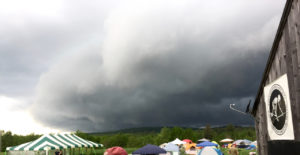
Storm clouds rolling through. Photo by Sarah Ernst-Edwards.
I rarely do an endurance event to reach a specific mileage. Distance is irrelevant, and I’m usually just as happy to DNF. My goals for doing an endurance event vary and are multiple. They are mainly rooted in trying for something that seems unachievable. By the end one or more of my goals will have been reached. I do ultras to test my endurance, by my own standards.
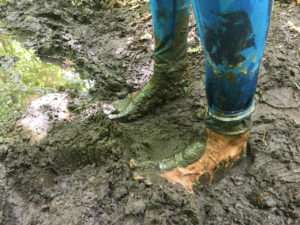
How I chose to enjoy most of my trail miles–barefoot. Photo by Galen August.



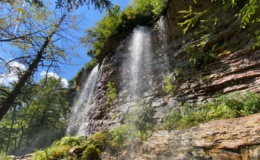
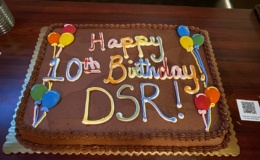
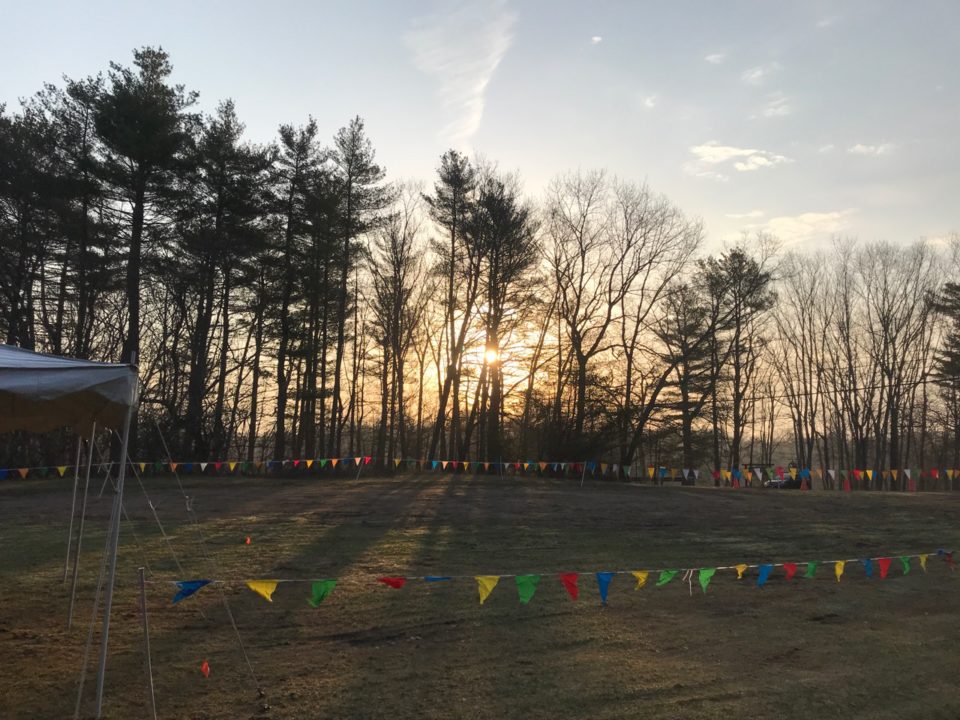
Jill
06/07/2018 11:37 amBravo Bravo Bravo!!!
“Test endurance; My own standards…” Cheers to that.